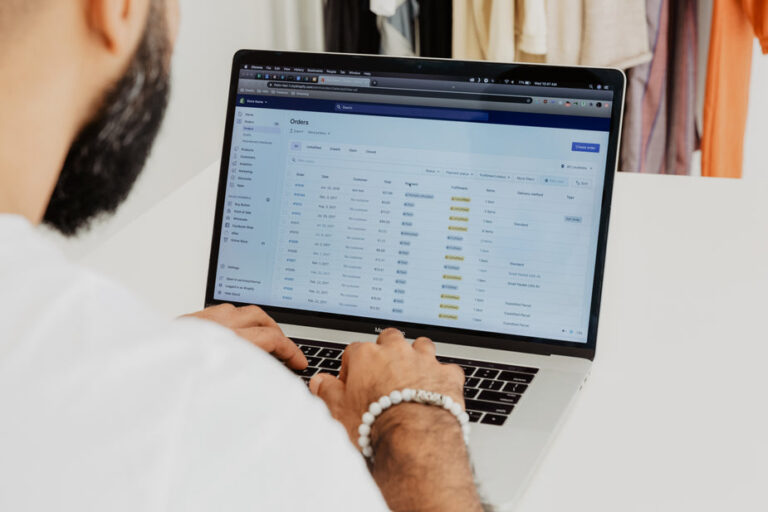The bid-ask spread might sound like financial jargon, but it’s a crucial concept for every Australian investor and trader in 2025. Whether you’re dabbling in ASX shares, ETFs, or cryptocurrencies, understanding the spread could be the difference between maximising returns and silently leaking profits. Let’s cut through the complexity and explore how the bid-ask spread works, why it’s widening in some markets this year, and what it means for your bottom line.
What Is the Bid-Ask Spread?
At its core, the bid-ask spread is the difference between the highest price a buyer is willing to pay (the bid) and the lowest price a seller is willing to accept (the ask) for a particular security. The spread is a direct transaction cost for anyone trading on the open market. For example, if you want to buy shares of CSL Limited and the current bid is $295.10 while the ask is $295.25, the spread is $0.15 per share.
- Bid Price: The maximum price buyers are offering.
- Ask Price: The minimum price sellers are demanding.
- Spread: The difference—usually measured in cents, but it can add up quickly.
In highly liquid markets like the ASX 200, spreads are typically razor-thin, sometimes just a cent or two. But in 2025, with heightened volatility and ongoing global economic uncertainty, spreads on less-traded shares and some ETFs have widened noticeably. This matters, because every time you buy or sell, the spread is a cost that eats into your potential gains.
Why Does the Bid-Ask Spread Matter in 2025?
The bid-ask spread isn’t just a trivia point—it’s a real cost that can impact your investment returns, especially in fast-moving or less-liquid markets. Here’s why the spread is particularly relevant in 2025:
- Increased Market Volatility: Ongoing global uncertainty (including lingering inflationary pressures and geopolitical risks) is causing wider spreads on certain ASX-listed stocks and ETFs, particularly in sectors like resources and renewables.
- ASIC’s Focus on Market Fairness: The Australian Securities & Investments Commission (ASIC) has ramped up oversight on market makers and brokers, aiming to ensure tighter spreads and more transparent pricing—especially after the 2024 review into trading platforms and high-frequency trading practices.
- Rise of Retail Investors: More Australians are trading directly via micro-investing apps and online brokers. These platforms often offer access to less-liquid shares or international markets, where spreads can be much wider than blue-chip Australian shares.
- Cryptocurrency Spreads: On major Aussie crypto exchanges, spreads on popular tokens like Bitcoin and Ethereum have narrowed due to increased liquidity, but lesser-known tokens still carry significant transaction costs.
Ultimately, if you’re buying and selling frequently or dealing in niche markets, spreads can add up—sometimes more than brokerage fees themselves.
How Can Investors Minimise Bid-Ask Spread Costs?
While you can’t eliminate spreads, you can take practical steps to reduce their impact on your returns:
- Trade in Highly Liquid Markets: Stick to shares or ETFs with high trading volumes and tight spreads. For example, ASX heavyweights like BHP and CBA typically have much narrower spreads than small-cap stocks or obscure ETFs.
- Use Limit Orders: Placing a limit order lets you specify your price, giving you more control over the spread you pay compared to a market order, which just accepts the prevailing ask (or bid).
- Time Your Trades: Trade during peak market hours—spreads tend to be tightest when the ASX opens (10am–4pm AEST) and during periods of high activity.
- Compare Platforms: In 2025, many Aussie brokers highlight typical spreads on their websites. Shop around, as some low-cost platforms compensate for lower brokerage with wider spreads.
- Stay Updated on Policy Changes: ASIC’s continued focus on market transparency means more data is available on spreads, so leverage these resources to inform your trading.
Example: If you’re trading a mid-cap mining stock with a $0.12 spread, buying 2,000 shares means you’re effectively paying $240 in spread costs—regardless of the headline brokerage fee.
Bid-Ask Spread Trends to Watch in 2025
Several trends are shaping the bid-ask spread landscape for Australian investors this year:
- ASX Market Structure Reforms: The ASX is trialling new market-making incentives and pilot programs to further narrow spreads on ETFs and smaller-cap stocks in 2025.
- Tech-Driven Trading: Advanced algorithms and tighter regulation have generally narrowed spreads on the most popular shares and ETFs, but outliers remain in volatile sectors.
- Global Influences: International market shocks—like the ongoing adjustments to US interest rates and the volatility in global commodity prices—can quickly widen spreads on related ASX-listed stocks.
For investors, this means that keeping an eye on spreads isn’t just for day traders—it’s a smart move for anyone looking to get the most from their portfolio in 2025’s dynamic markets.
Conclusion
The bid-ask spread is more than just a technicality—it’s a hidden cost that savvy Aussie investors can’t afford to ignore in 2025. By understanding how spreads work, tracking policy changes, and adopting practical trading strategies, you can keep more of your returns and avoid unnecessary leaks in your investment performance. Make the spread work for you—not against you—as you trade the markets this year.





